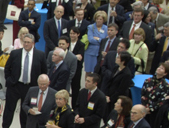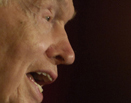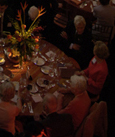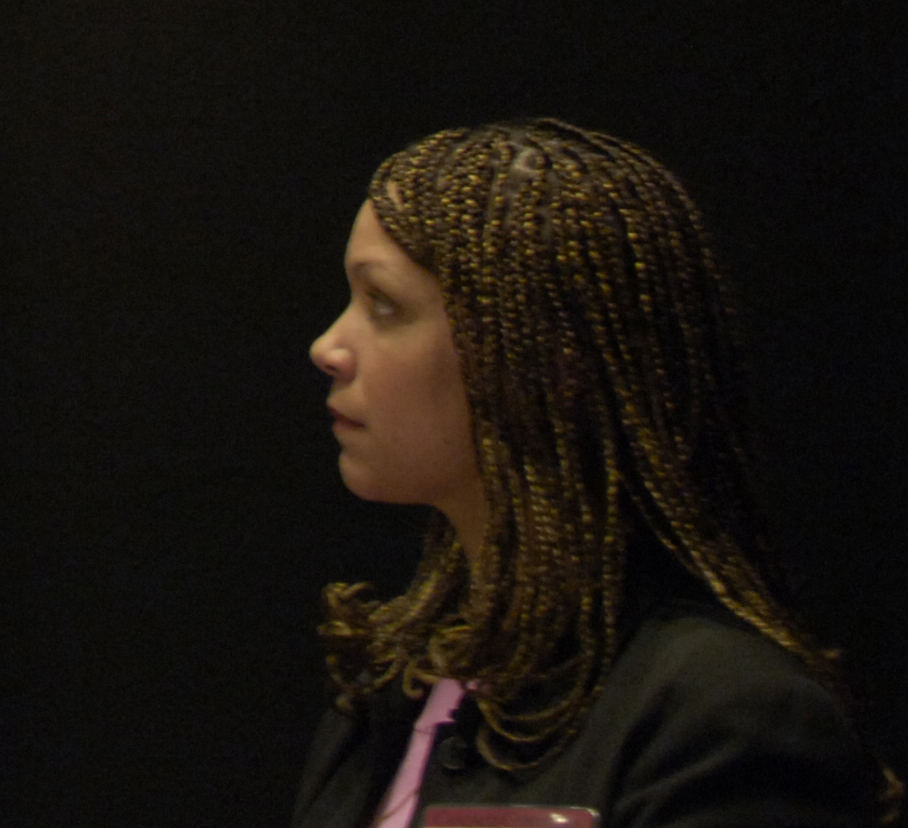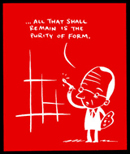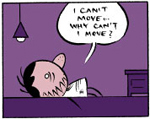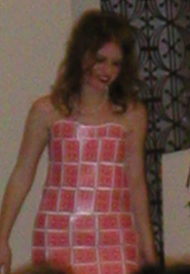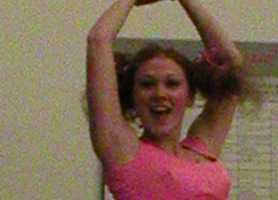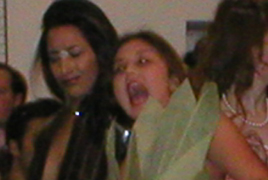Observing Yerkes
Amid news reports of the University possibly selling Yerkes Observatory in Williams Bay, Wisconsin, the 1897 building still brimmed with activity this past Friday.
At 1 p.m. a local junior-high-school group stands outside the ornate, brick and terra cotta structure, awaiting a tour and a build-your-own-telescope class with public-affairs officer Richard Dreiser. Meanwhile observatory manager Jim Gee, MBA’81, leads another visitor down a tile-floored, marble-walled hallway and up two flights to the west end, where a 90-foot-diameter dome holds what remains the world’s largest refractory telescope. Astronomy & astrophysics professor Kyle Cudworth, Yerkes’s director, still conducts research with the telescope, whose mammoth blue base, 60-foot-long tube, and history—it was first displayed at the 1893 World’s Columbian Exposition—inspire awe. It’s cold inside the brick-faced dome. “The temperature must be the same as outside,” Gee explains, or the heat would scatter the light waves and cause optical illusions.
Through dusty library stacks and several doorways, Dreiser has taken the school kids to a darkened room, where they sit on an old solar optical bench. “If you cover the moon with your finger,” he says, as he and the studens hold up their thumbs toward a poster of the moon, “and you know the size of your finger” and the angle, you can figure out the moon’s size.
On the ground floor engineers work on the NASA project SOFIA/HAWC—short for stratospheric observatory for infrared astronomy/high-resolution airborne wideband camera. When it’s done, Gee says, the camera will mount on the end of a telescope, which scientists will bring aboard a 747 and, from 40,000 feet, study celestial objects at infrared wavelengths. It’s likely the last engineering project at Yerkes, whose mission has moved away from research and toward education and outreach, which is why the University may sell it—or, as Gee prefers to say, “change stewardship.” After working at Yerkes for 15 years, he’s found the place “has a way of endearing itself to people.”
A.M.B.
 |
 |
 |
Photos:
The Great Dome holds the world's largest refractor telescope (left); public affairs officer Richard Dreiser teaches about the moon (middle); the outside is brick and terra cotta (right).




